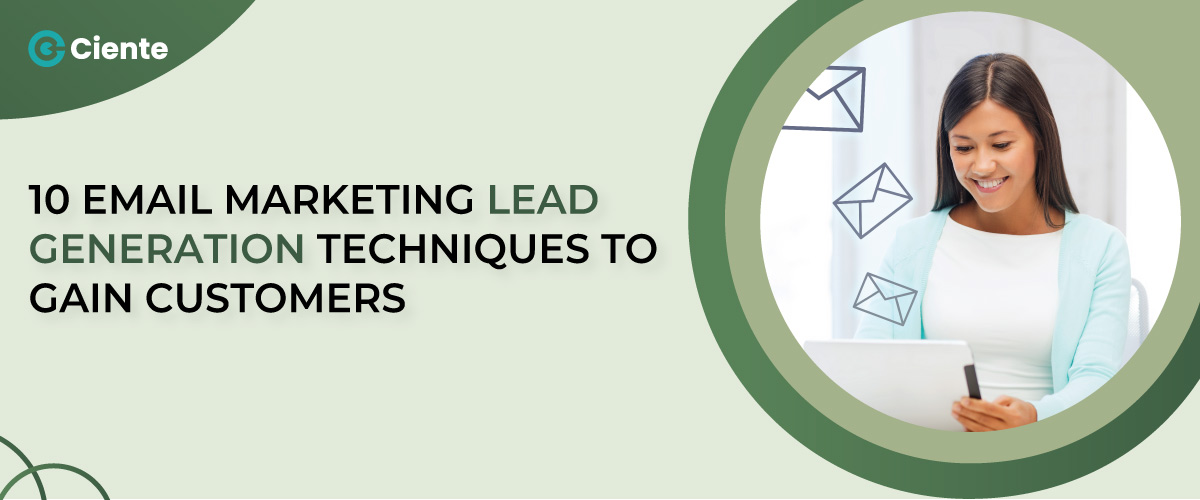
Top 8 Marketing Automation Trends 2024
Marketing automation reshapes customer engagement by streamlining your efforts. How

Marketing automation reshapes customer engagement by streamlining your efforts. How

Meeting customer expectations is necessary to accelerate growth. How can

The tactics of an ABM strategy propel the dynamics of

Event marketing combines planning, execution, and promotion to achieve business

Whether you are hosting a virtual or an in-person event,

Email lead generation helps you collect leads through an email